
Spectacular Sunsets Courtesy of Chile Volcano
Chile Ash Sunset Mt Wellington
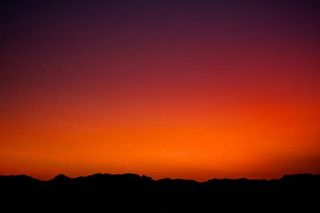
Since Chile's Puyehue-Cordon Caulle volcano began erupting on June 4, it has spewed huge plumes of ash and other particles and gas into Earth's atmosphere. Air currents have moved these particles across the skies of the Southern Hemisphere, wreaking havoc on air travel in Australia and New Zealand.
But these diffuse plumes are also treating Southern Hemisphere denizens to stunning sunsets and sunrises by scattering and refracting incoming sunlight in a way that favors the transmission of light closer to the red end of the spectrum.
This phenomenon can be seen in this image of sunset from New Zealand's Mt. Wellington.
Chile Ash Sunset Christchurch
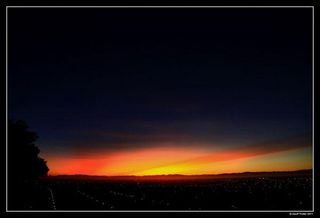
This photograph shows sunset over Christchurch, New Zealand on June 14. Photographer Geoff Trotter called it an "amazing sunset."
Chile Ash Sunset New Zealand
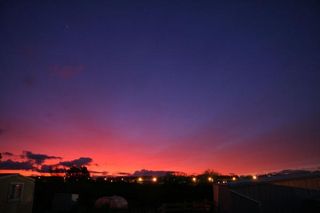
The same physics that underlies the spectacularly red sunsets over New Zealand such as this one also explains why the sky is blue. Normally, molecules in the air refract and scatter light in such a way that blue is the favored wavelength that makes it through to our eyes on the surface.
New Zealand Sunset Ash
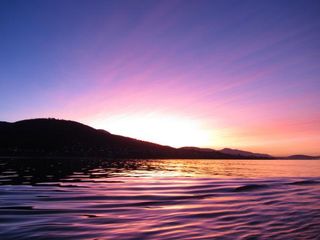
Photographer Peter Shanks, who snapped this photo in Australia on June 12, called the colored sunsets "one of the brightest and most vibrant sunsets seen in a long time."
Ash Sky Australia
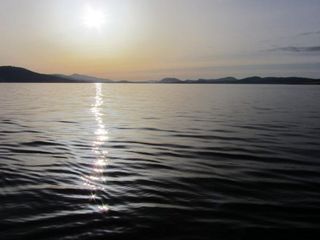
The tinges of red and orange can be seen lightly in this photo taken in Australia as the sun hovers over the horizon.
Sign up for the Live Science daily newsletter now
Get the world’s most fascinating discoveries delivered straight to your inbox.
The conditions that produce these spectacular sunsets are projected to last for some time.

Andrea Thompson is an associate editor at Scientific American, where she covers sustainability, energy and the environment. Prior to that, she was a senior writer covering climate science at Climate Central and a reporter and editor at Live Science, where she primarily covered Earth science and the environment. She holds a graduate degree in science health and environmental reporting from New York University, as well as a bachelor of science and and masters of science in atmospheric chemistry from the Georgia Institute of Technology.











